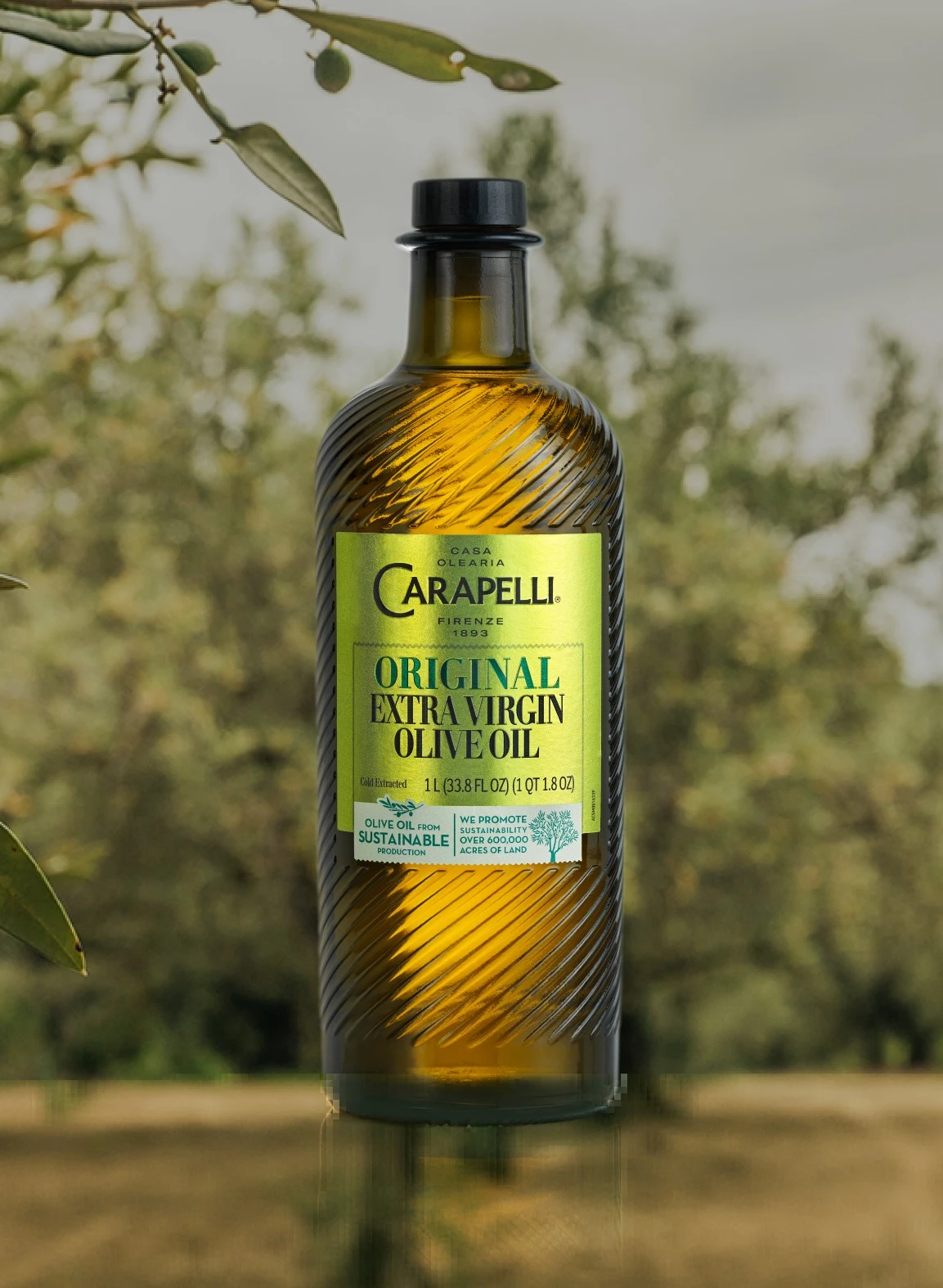Discovering the Different Types of Olive Oil and Their Usages, Including Extra Virgin Olive Oil
The exploration of olive oil includes a varied range of types, each offering cooking applications and distinctive flavors. Additional virgin olive oil, renowned for its remarkable quality and health and wellness advantages, offers as a staple in many kitchen areas, yet it is just one element of this multifaceted component.
What Is Olive Oil?
Originated from the fruit of the olive tree, olive oil is a staple in Mediterranean food and a key component in numerous cooking applications. This versatile oil is produced by pushing whole olives, leading to a liquid that varies in color, scent, and taste depending on the type of olives used, the region of growing, and the extraction process. Olive oil is mainly made up of monounsaturated fats, specifically oleic acid, which is recognized for its possible wellness advantages, consisting of anti-inflammatory properties and cardiovascular support.
Along with its culinary usages, olive oil has a lengthy background of application in typical medication and skin care, owing to its abundant antioxidant material (extra virgin olive oil benefits). The oil is commonly utilized in dressings, marinades, and for cooking methods such as sautéing and roasting. Its distinct taste account can improve the taste of various dishes, making it an important ingredient for both home chefs and specialist cooks
Additionally, olive oil is celebrated for its role in the Mediterranean diet regimen, which is connected with many health and wellness benefits. As awareness of these benefits grows, olive oil remains to obtain appeal worldwide as an essential component of a healthy and balanced way of life.
Kinds of Olive Oil
Understanding the numerous sorts of olive oil is essential for both cooking enthusiasts and health-conscious customers. Olive oil is identified mainly based upon its extraction approach and high quality, which dramatically impacts its flavor, wellness, and aroma benefits.

Light olive oil, regardless of its name, describes a lighter flavor and not lower calories. It is ideal for those looking for a much more subtle preference in dressings and sauces. Additionally, there are flavorful olive oils instilled with herbs, seasonings, or citrus, which can improve dishes without the need for added spices.
Each kind of olive oil offers particular cooking functions, and understanding these distinctions enables consumers to make enlightened choices that straighten with their cooking designs and wellness goals.
Additional Virgin Olive Oil
Extra virgin olive oil (EVOO) is extensively considered as the finest quality olive oil offered, popular for its rich taste and various wellness benefits. To be identified as additional virgin, the oil has to be created from fresh olives making use of mechanical processes, without making use of solvents or excessive warm. This meticulous technique preserves the oil's natural tastes, antioxidants, and healthy fats, causing a product with a reduced level of acidity level of much less than 0.8%.
EVOO learn the facts here now is bountiful in monounsaturated fats, particularly oleic acid, which is connected to reduced inflammation and enhanced heart wellness. It also consists of polyphenols, effective antioxidants that may supply protective impacts versus persistent diseases. The flavor profile of EVOO can differ significantly depending upon the olive range and area of manufacturing, ranging from fruity and grassy to durable and sharp.

Culinary Use Olive Oil

In food preparation, olive oil about his can be made use of for sautéing, toasting, and barbecuing, supplying a healthier alternative to butter or other fats. Its high smoke factor makes it ideal for numerous cooking techniques, while its antioxidants contribute to a heart-healthy diet. Showering olive oil over ended up meals, such as pasta, fish, or barbequed vegetables, can boost tastes and add a touch of elegance.
Moreover, olive oil plays a significant duty in baking, where it can replace traditional fats in dishes for bread and pastries, imparting dampness and a refined taste. It additionally functions as a base for infused oils, allowing cooks to try out flavors such as garlic, natural herbs, or chili, even more expanding its cooking capacity. Overall, olive oil's convenience makes it vital in both home and expert kitchens.
Deciding On Quality Olive Oil
When picking high quality olive oil, it's important to take into consideration a number of key aspects that influence the item's flavor, fragrance, and health advantages. Opt for additional virgin olive oil (EVOO), which is acquired from the first chilly pushing of olives and contains the greatest degrees of anti-oxidants and beneficial compounds. Seek oils that are certified by recognized organizations, as this usually ensures adherence to strict top quality criteria.
The packaging also plays a considerable duty in maintaining the oil's integrity. Choose oils stored in dark glass containers or tins to secure against light deterioration. Pay interest to the harvest date; fresher oils provide remarkable flavor and nutritional value, so choose items that are within 18 months of their harvest.
In addition, consider the origin of the oil. Premium olive oils commonly come from certain areas known for their distinctive flavor profiles, such as Italian, Spanish, or Greek oils. Be mindful of the preference; a great high quality olive oil must have an equilibrium of fruity, bitter, and peppery notes, indicating its richness and intricacy. By reviewing these variables, you can guarantee you are selecting the most effective olive oil for your culinary needs.
Final Thought
In summary, the expedition of various kinds of olive oil reveals unique characteristics and applications, with additional virgin olive oil standing for the pinnacle of top quality due to its low level of acidity and high antioxidant web content. Comprehending the various varieties of olive oil enables for educated options in food preparation approaches, promoting much healthier techniques while enriching the general gastronomic experience.
Derived from the fruit of the olive tree, olive oil is a staple in Mediterranean cuisine and a crucial ingredient in different cooking applications.The reference most usual types of olive oil include fine-tuned olive oil, pure olive oil, and light olive oil.Bonus virgin olive oil (EVOO) is widely related to as the highest possible quality olive oil offered, renowned for its abundant taste and numerous health and wellness advantages. Decide for extra virgin olive oil (EVOO), which is derived from the very first chilly pushing of olives and contains the greatest degrees of antioxidants and useful substances.In recap, the expedition of numerous types of olive oil reveals distinct attributes and applications, with additional virgin olive oil standing for the peak of top quality due to its reduced level of acidity and high antioxidant web content.